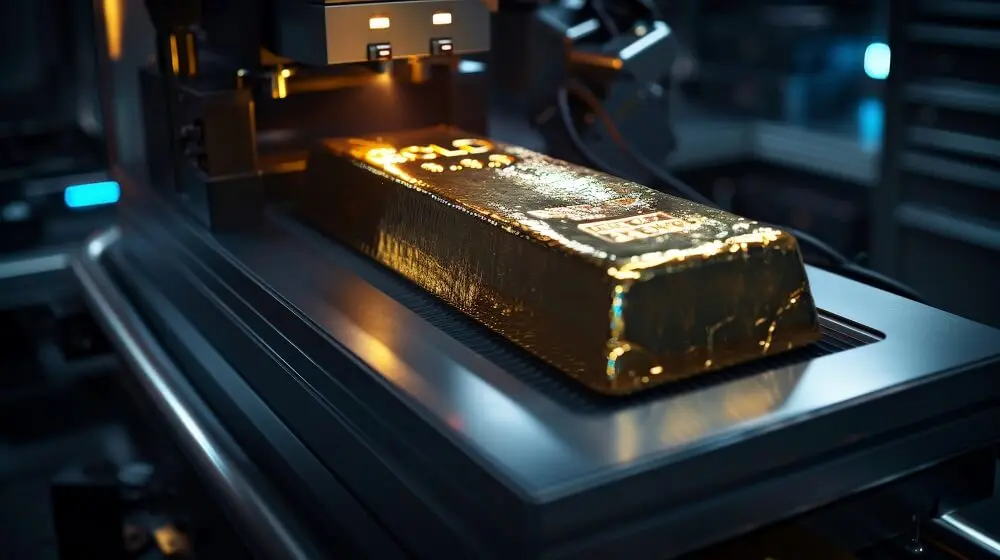KPS
- KPS™
The Next Chapter: KPS™
CommonSensus™ is more than a methodology – it’s a mindset. It challenges the blind consensus we accept simply because “it’s always been that way.” Instead, it replaces confusion with clarity, tradition-for-tradition’s-sake with fairness, and inconsistency with evidence. Modern life is full of contradictions we tolerate without question:
- A UK size 10 is not the same as a US size 10.
- 100° in Fahrenheit means something entirely different in Celsius.
- The date 12/08/25 could mean December 8th or 12th August – depending on where you are.
- Petrol is rated 95 RON in Europe but 87 AKI in the US — the same fuel, just a different number.
We shrug, we laugh it off, but deep down we know it’s nonsense. CommonSensus™ asks: Why cling to outdated, inconsistent systems when universal clarity is possible?
What is KPS™?
The Karat Purity Scale™ (KPS™) is a universal system that measures the purity of all metals – not just gold – on a simple 0–24 scale. It is built on the familiar 24-karat gold system, where 24 karats equals pure gold, but expands it to include silver, copper, platinum, palladium, and beyond. For the first time in history, every metal can be expressed on the same universal scale of purity.
Karat Purity Scale (24k → 1k) with KPS™ & Tolerances
Notes on rounding & stamps
Millesimal fineness (‰) is shown to common hallmark values (e.g., 585 for 14k, 916 for 22k). Some regions use historical alternates (e.g., 583, 917). % purity mirrors the fineness value (‰ ÷ 10).
KPS™ = (purity % × 24) / 100 = karat for gold; tolerances shown in KPS points.
Karat
Fineness
% Purity
KPS™
24k
999
99.9%
24K
23k
958
95.8%
23K
22k
916*
91.6%
22K
21k
875
87.5%
21K
20k
833
83.3%
20K
19k
792
79.2%
19K
18k
750
75.0%
18K
17k
708
70.8%
17K
16k
667
66.7%
16K
15k
625
62.5%
15K
14k
585†
58.5%
14K
13k
542
54.2%
13K
12k
500
50.0%
12K
11k
458
45.8%
11K
10k
417
41.7%
10K
9K
375
37.5%
9K
8K
333
33.3%
8K
7K
292
29.2%
7K
6K
250
25.0%
6K
5K
208
20.8%
5K
4K
167
16.7%
4K
3K
125
12.5%
3K
2K
083
8.3%
2K
1K
042
4.2%
1K
- 22k is commonly stamped 916 (some references round to 917)
- 14k is commonly stamped 585 (older references may show 583).
This patchwork of systems creates barriers: it confuses buyers, erodes trust, and complicates trade.
KPS™ Explained
The world of bullion is fragmented and confusing.
- Gold is measured in karats (18k, 22k, 24k).
- Platinum is labelled in percentages (950, 999).
- Silver is stamped in fineness (925 sterling, 958 Britannia, 999 fine).
- Copper– once the world’s most important metal– rarely gets any purity label at all.
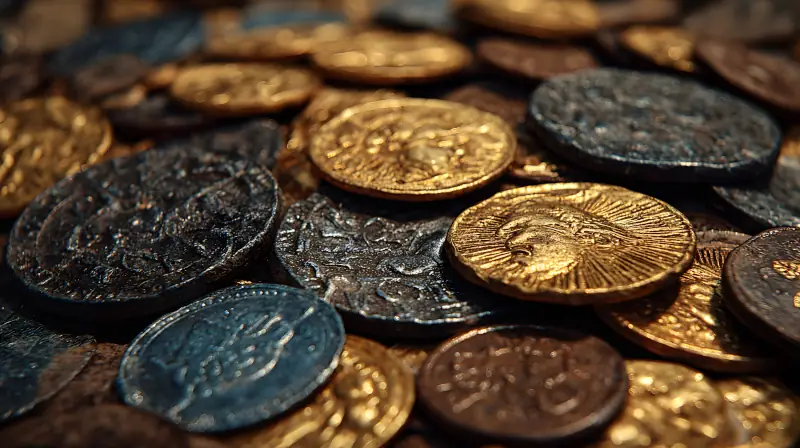
The world of bullion is fragmented and confusing.
- Simple for consumers – no more mixed systems.
- Standardised for jewellers – a single, global language.
- Transparent for investors – consistent purity reporting.
- Fair to every metal – from copper to platinum.
KPS™ in Action through CommonSensus
- Simple for consumers– no more mixed systems.
- Standardised for jewellers – a single, global language.
- Transparent for investors – consistent purity reporting.
- Fair to every metal – from copper to platinum.
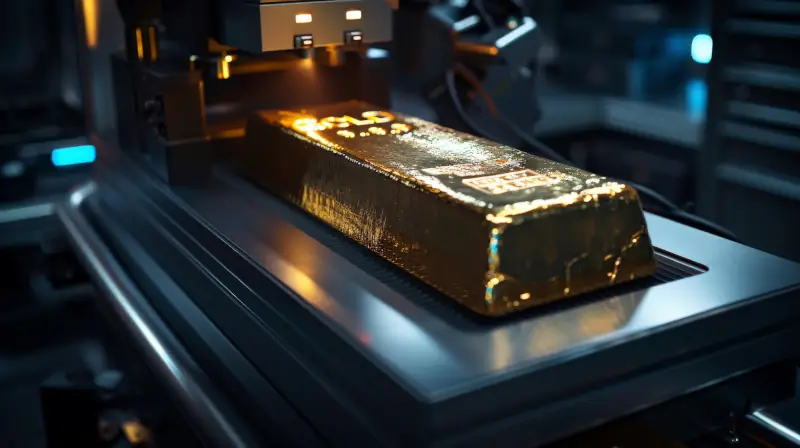
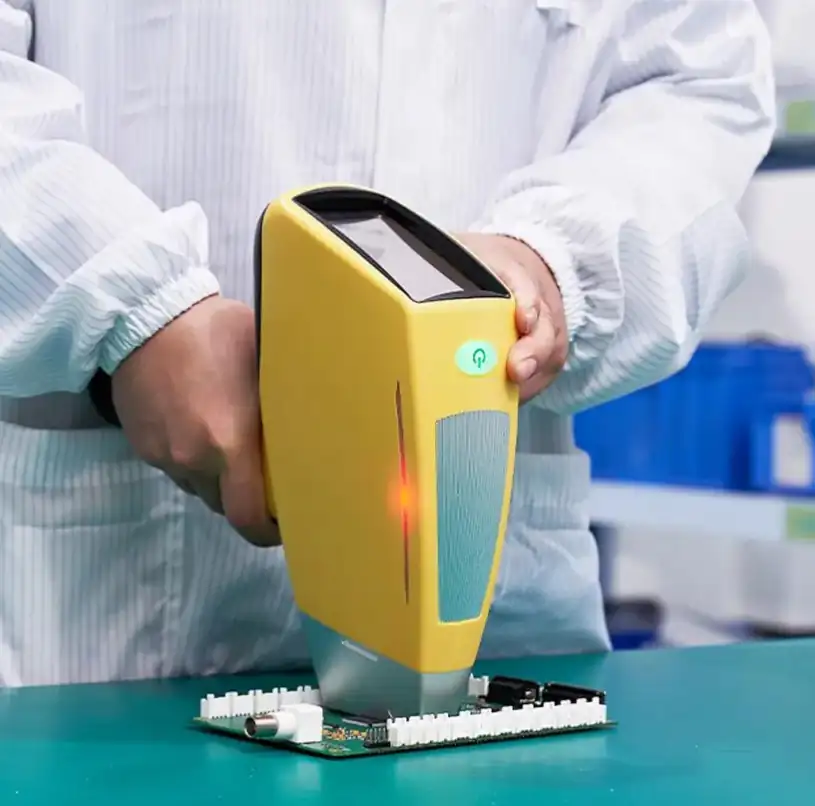
Built on Trust: Tolerance Standards
Every KPS™ grade is supported by strict tolerance levels:
- Jewellery Standard: ±0.10 KPS
- Investment Standard: ±0.05 KPS
That means whether you’re buying a wedding ring, a bullion bar, or an investment ingot, purity claims are consistent, measurable, and trusted worldwide.
How KPS™ Ensures Accuracy: XRF Analysis
With KPS™ precision isn’t optional – it’s essential. The Karat Purity Scale™ (KPS™) is only as strong as the science that underpins it. In the 21st century XRF technology (X-ray Fluorescence) is being relied on more and more to confirm and guarantee the exact composition of every metal.
XRF ensures that every valuation, every certificate, and every purity grade is based on evidence, not guesswork – the basis of KPS™ philosophy.
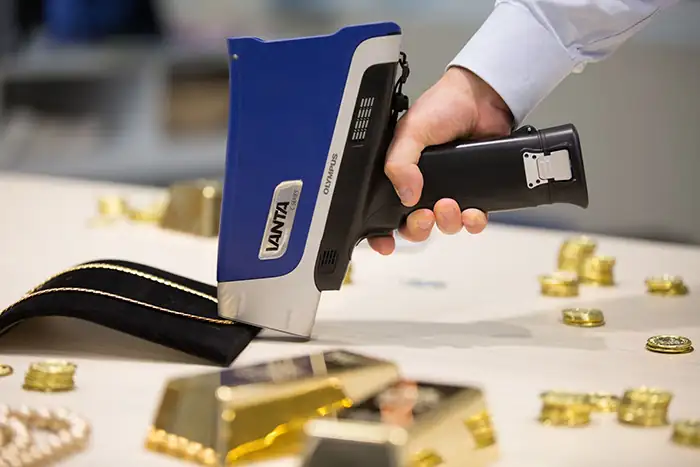
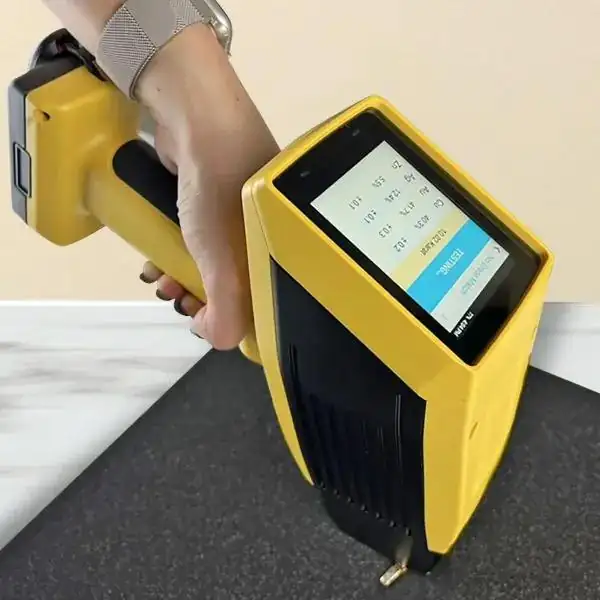
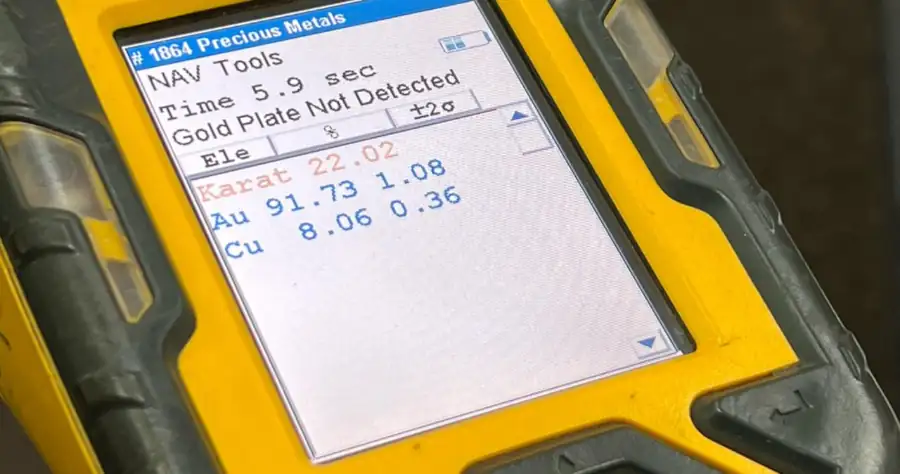
Why Use XRF Analysis?
Traditionally, jewellers relied on visual checks, hallmarks, or crude acid testing to assess purity. These methods are often unreliable:
- Hallmarks can be worn, forged, or missing.
- Coins and jewellery frequently carry no visible purity marks at all
- Acid testing is destructive, subjective, and far less accurate - it can’t distinguish between, for example, 21k and 22k gold.
For the bullion marketplace, where value depends on purity to the decimal point, these old systems aren’t enough.
XRF analysis solves this problem. It gives laboratory-quality results in seconds, ensuring valuations that are fair, accurate, and transparent.
What XRF Measures?
XRF machines work by firing a controlled X-ray beam at a sample. The atoms inside the metal respond by emitting fluorescent X-rays unique to each element. The machine instantly detects these signatures and calculates:
- Which elements are present.
- The percentage breakdown of each element.
- The precise purity grade of the metal.
In seconds, we know whether a ring is 18k gold, 22k sterling silver, or 24k copper and we can price it with confidence.
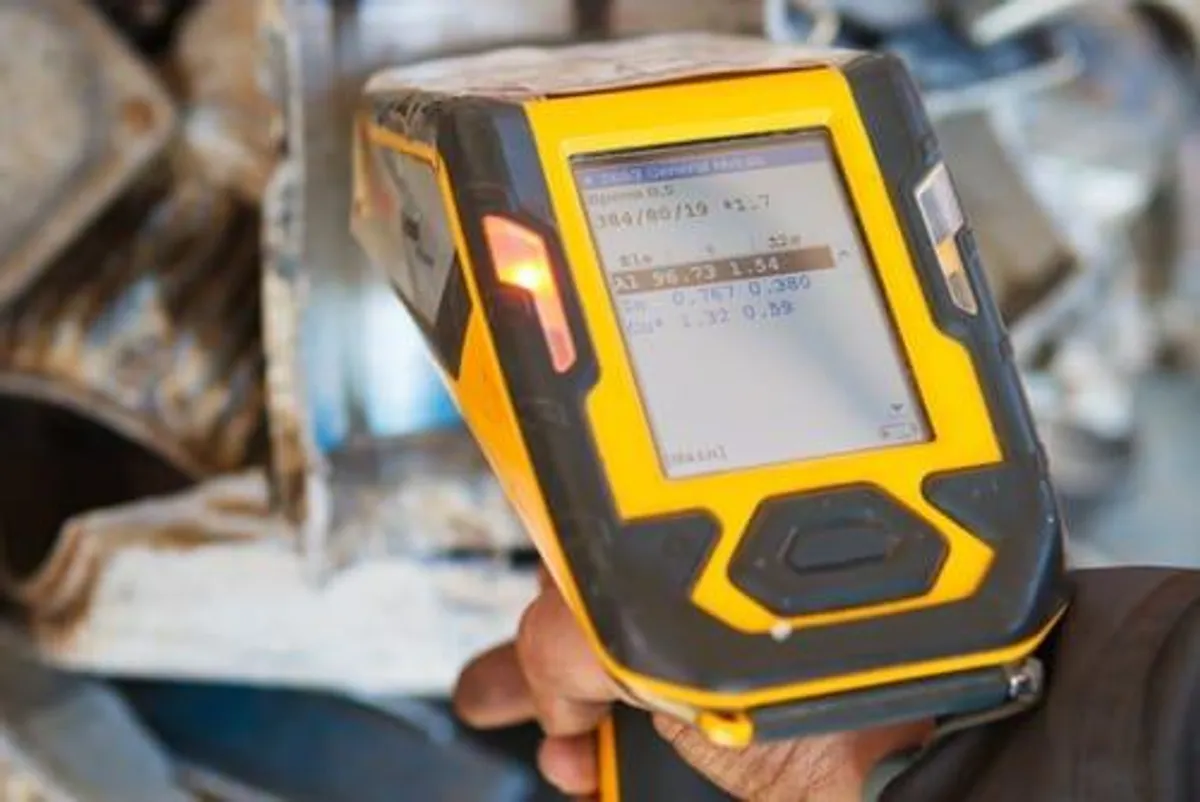
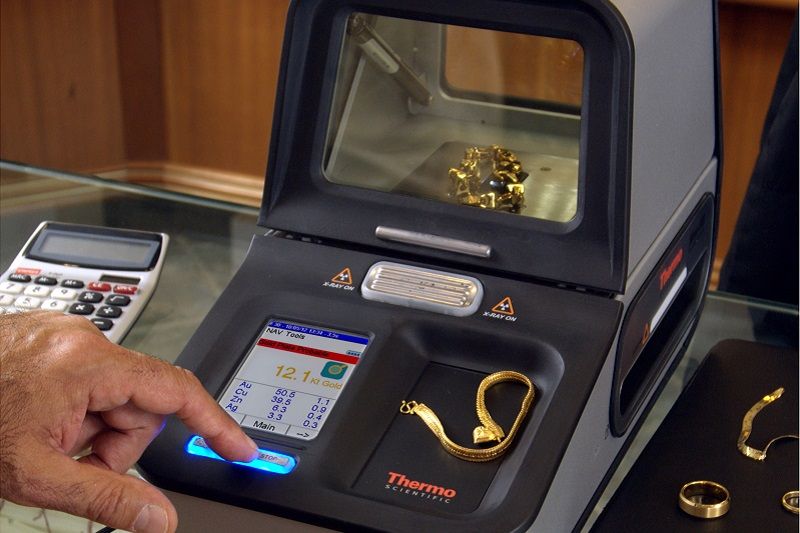
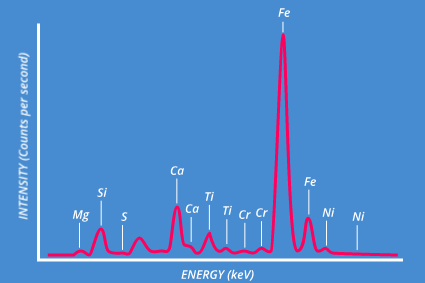
How XRF Analysis Works?
The process can be summarised in four steps:
- The XRF device emits a beam of X-rays onto the metal sample.
- The atoms fluoresce, sending energy back to the detector.
- The machine analyses the spectrum to identify the exact elements present.
- The results appear as a clear percentage composition.
This technology, first pioneered in 1913, has been refined to deliver lab-grade analysis instantly.
Is XRF Safe?
Yes. The radiation exposure from a desktop XRF test is no greater than a dental X-ray. Used correctly, it poses no danger and does not make any object “radioactive.” Unlike acid testing, XRF is non-destructive.
Why XRF Matters for KPS™
- Accuracy: Ensures every KPS™ grade is supported by hard science.
- Fairness: Guarantees that valuations reflect true purity, not estimates.
- Transparency: Protects consumers and investors from underpayment or misrepresentation.
- Universality: Creates consistent results across borders, industries, and markets.
XRF makes KPS™ possible. It bridges the gap between tradition and modern science, ensuring that purity – whether gold, silver, platinum, or copper – is measured with absolute confidence.
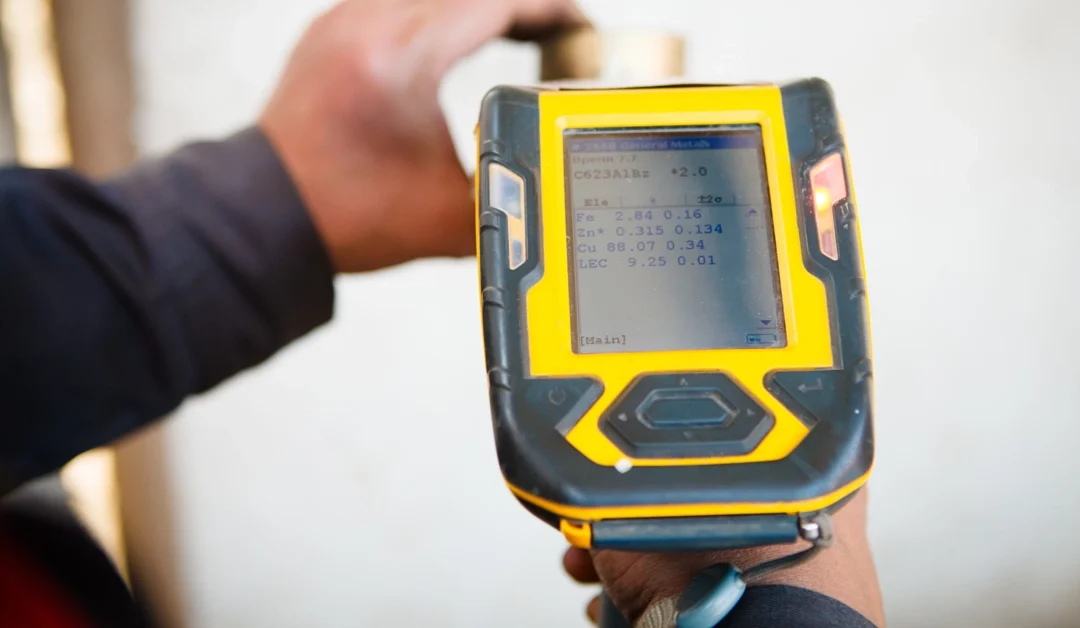
What KPS™ Means for the Market
Consumer Confidence
- No more decoding marks. No more mistrust. A buyer in London, Dubai, Mumbai, or New York can all understand purity at a glance.
Market Efficiency
- By harmonising karats, fineness, and percentages into one system, KPS™ reduces errors, simplifies trade, and smooths international bullion transactions.
Copper’s Return
- For the first time since the Bronze Age, copper is recognised as the precious metal with a purity scale equal to gold and silver. This restores historical accuracy and acknowledges copper’s growing role in modern technology and green energy.
ESG Integration
- KPS™ pairs purity with carbon intensity reporting. Every KPS™ certificate can show not only how pure a metal is, but also its environmental footprint.
A Global Standard
- No more decoding marks. No more mistrust. A buyer in London, Dubai, Mumbai, or New York can all understand purity at a glance.
KPS™ is more than a purity scale. It is a revolution in how we value metals.
From the ancient carob seed to the first copper complaint, the story of bullion has always been about trust. Today, KPS™ ensures that trust – across all metals, all markets, and all people. One Scale. All Metals. Total Clarity.
Got questions? Dive into our Knowledge Vault for more information
